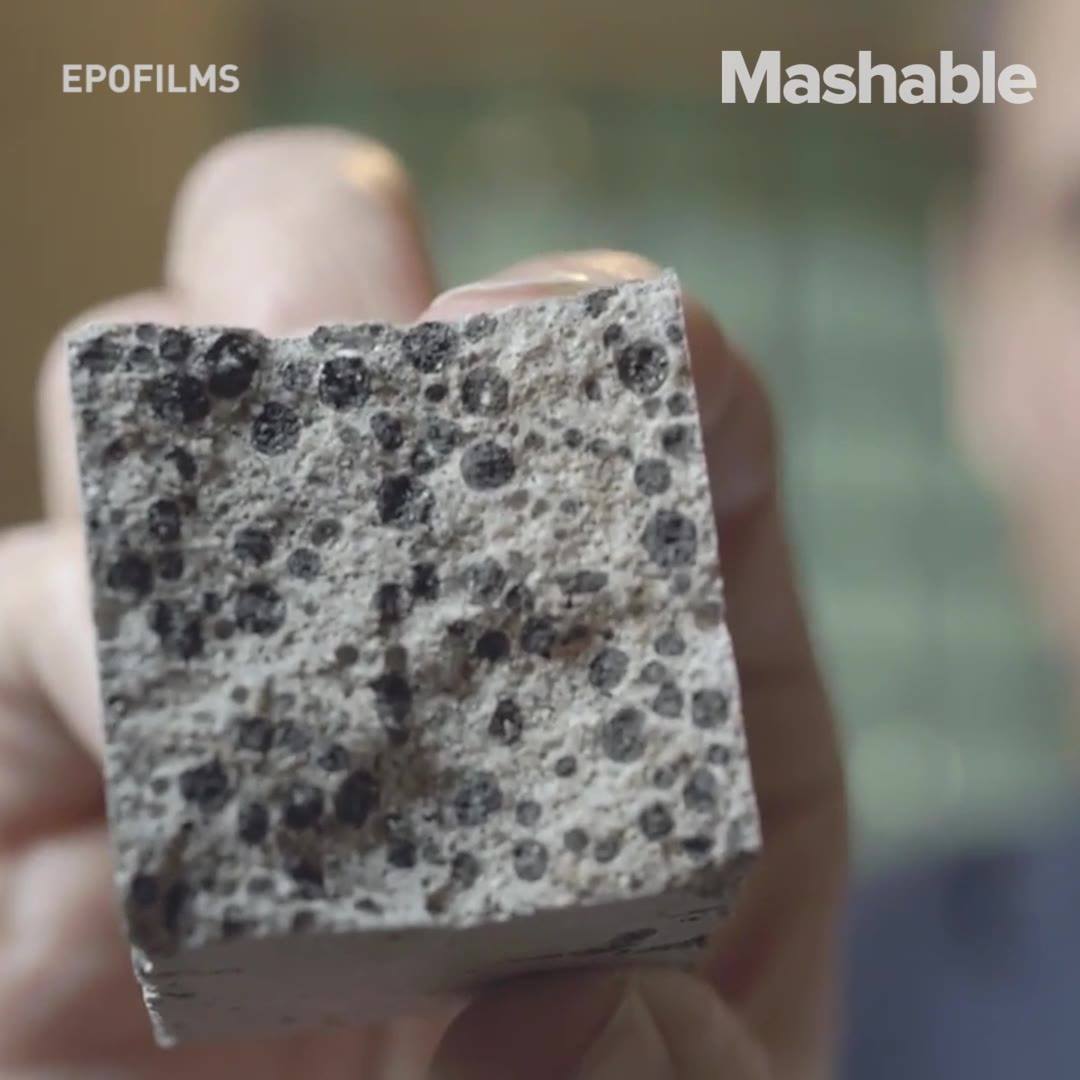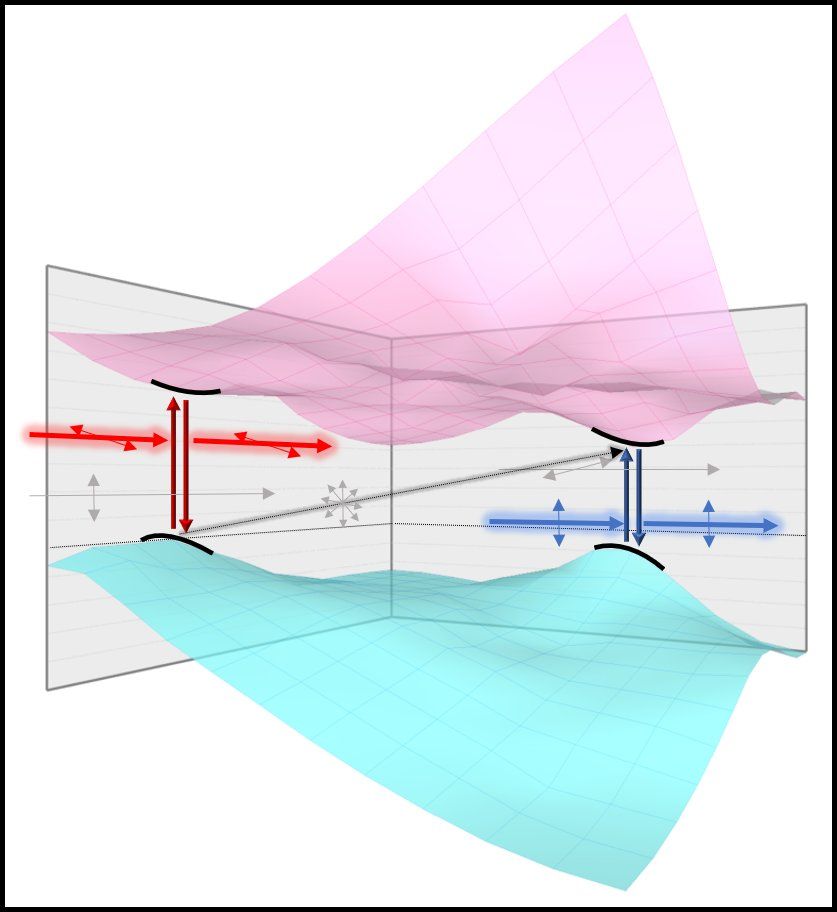This image shows the bright light of a solar flare on the left side of the Sun and an eruption of solar material shooting through the Sun’s atmosphere.



In a first for United States Army doctors, Burrage received an ear transplant that was grown from her own tissue inside her own body. A team, led by Lieutenant Colonel Owen Johnson III, the chief of plastic and reconstructive surgery at William Beaumont Army Medical Center in El Paso, Texas, harvested cartilage from Burrage’s ribs, carved it into the shape of an ear, and implanted it under the skin in her arm. There, it developed blood vessels, which Johnson says will allow Burrage to regain feeling in the ear once it’s healed. In an announcement released on Monday, Johnson called the operation a success.
Article continues below.
This machine can smooth 10,000 square feet of concrete — the equivalent of a New York City block — in an hour.

European public spaces are becoming more original, but also more homogeneous. The author of an architecture thesis, written at EPFL, explains this paradox and calls on critics and public authorities to do something about it.
For almost two decades, designers of public spaces throughout Europe have been striving to give passers-by unique experiences. Using a multitude of materials, shapes, interactive street furniture and sensory effects, these squares, streets and walkways are becoming genuine tourist attractions for their cities. The problem is that, rather than integrating with the existing urban environment, the public spaces of the 21st century are tending to diverge from it intentionally and, most importantly, to look alike.
This is one of the findings in Sonia Curnier’s thesis, which she researched at EPFL’s Theory and History of Architecture Laboratory (LTH2), supervised by Bruno Marchand. Until now, academic research has mainly focused on the use of public spaces, for example observing whether or not passers-by really connect with them, but spent very little time looking at their design. This is the novel approach taken by Curnier’s thesis, which offers the first comprehensive overview of the subject. The public defense of his Ph.D. will take place on 2 May at EPFL.


Research appearing today in Nature Communications finds useful new information-handling potential in samples of tin(II) sulfide (SnS), a candidate “valleytronics” transistor material that might one day enable chipmakers to pack more computing power onto microchips.
The research was led by Jie Yao of the Department of Energy’s Lawrence Berkeley National Laboratory (Berkeley Lab) and Shuren Lin of UC Berkeley’s Department of Materials Science and Engineering and included scientists from Singapore and China. Berkeley Lab’s Molecular Foundry, a DOE Office of Science user facility, contributed to the work.
For several decades, improvements in conventional transistor materials have been sufficient to sustain Moore’s Law — the historical pattern of microchip manufacturers packing more transistors (and thus more information storage and handling capacity) into a given volume of silicon. Today, however, chipmakers are concerned that they might soon reach the fundamental limits of conventional materials. If they can’t continue to pack more transistors into smaller spaces, they worry that Moore’s Law would break down, preventing future circuits from becoming smaller and more powerful than their predecessors.


The concern for the future of humanity is becoming more imperative as exponential technology brings us to the brink of the most fragile time in human history. Existential risk is a matter that is necessary to contemplate proactively rather than in a reactionary state, especially if intentions are to ensure continuance into the far future; a sort of insurance for humanity. However, what is mankind really trying to do? It is commonly advised to begin with the end in mind, however, there doesn’t seem to be a legitimate end goal besides a desperate cling to survival. Living without a purpose is simply existing, which seems to be the current state of our species. What are we existing for?
If we are referring to the whole of mankind rather than the specific individual, it can be commonly agreed upon that we simply have no concrete conclusion for why we are even here; or why anything should exist at all. This is in part due to the fact that we don’t even seem to have a complete understanding of what the universe actually is; why things behave the way they do. The fact that this is unknown would, by definition, imply that the relevance of everything that we do is also currently unknown. Thus, the logical progression would begin with acquiring the information necessary to discover what this nature is that existence seems to abide by. Then we can assemble the right question pertaining to the reason behind this phenomenon that we refer to as the “universe.”
By starting with this end question in mind, we can identify to the best of our current knowledge, the information that would be necessary to know before answering it. Regardless if it seems possible or not, we must consider it necessary for the time being. This would likely result in a series of questions, pushing the boundaries of our scientific and philosophical capabilities. This process would certainly be subject to change as new breakthroughs advance our understanding of the universe. However, the fact of the matter remains; it would be the most efficient direction relative to our maximum capability.

Move over, deep learning. Neuromorphic computing—the next big thing in artificial intelligence—is on fire.
Just last week, two studies individually unveiled computer chips modeled after information processing in the human brain.
The first, published in Nature Materials, found a perfect solution to deal with unpredictability at synapses—the gap between two neurons that transmit and store information. The second, published in Science Advances, further amped up the system’s computational power, filling synapses with nanoclusters of supermagnetic material to bolster information encoding.
